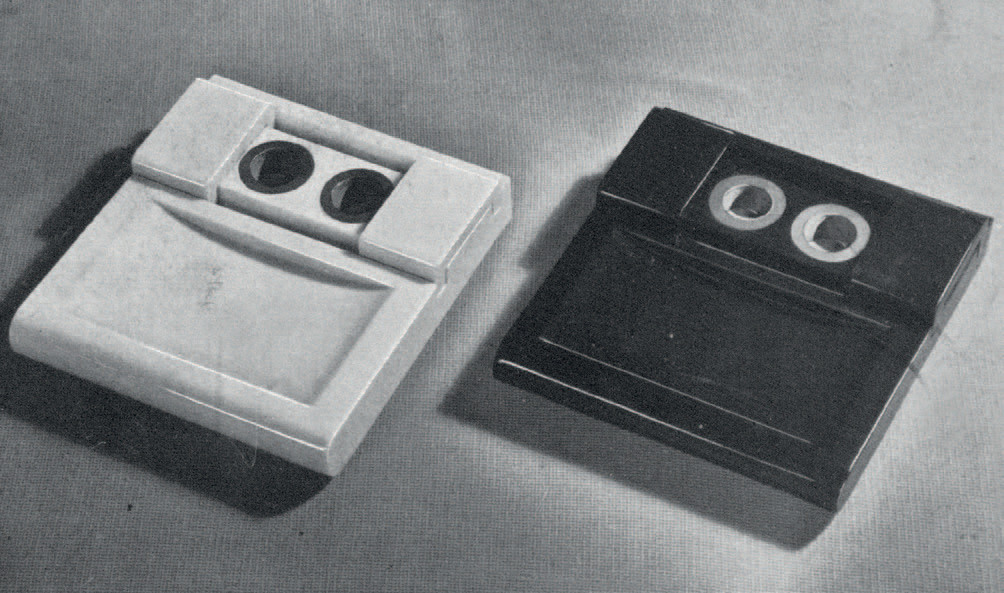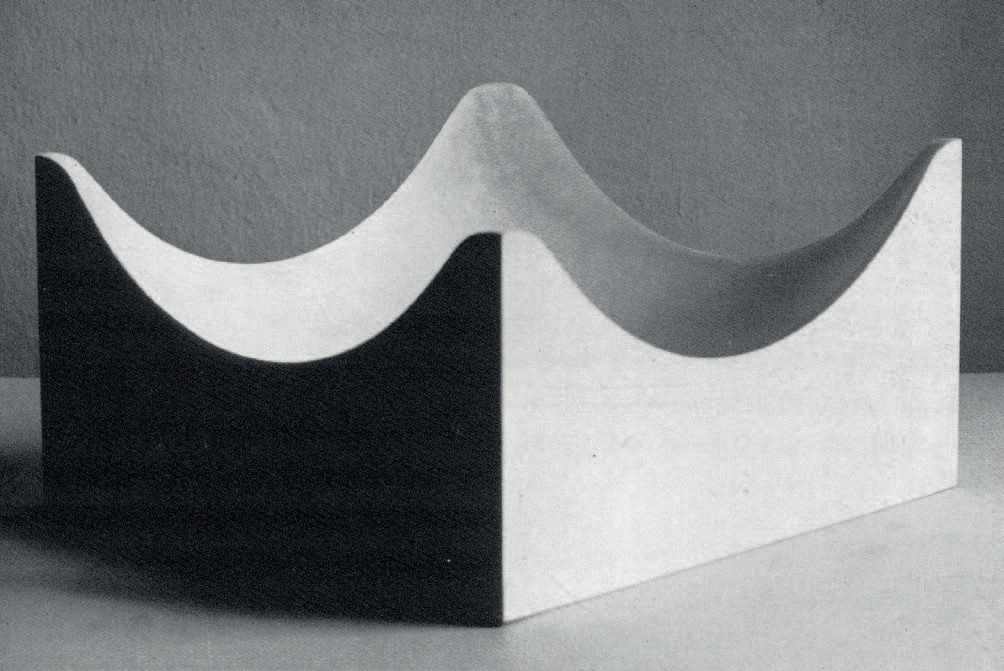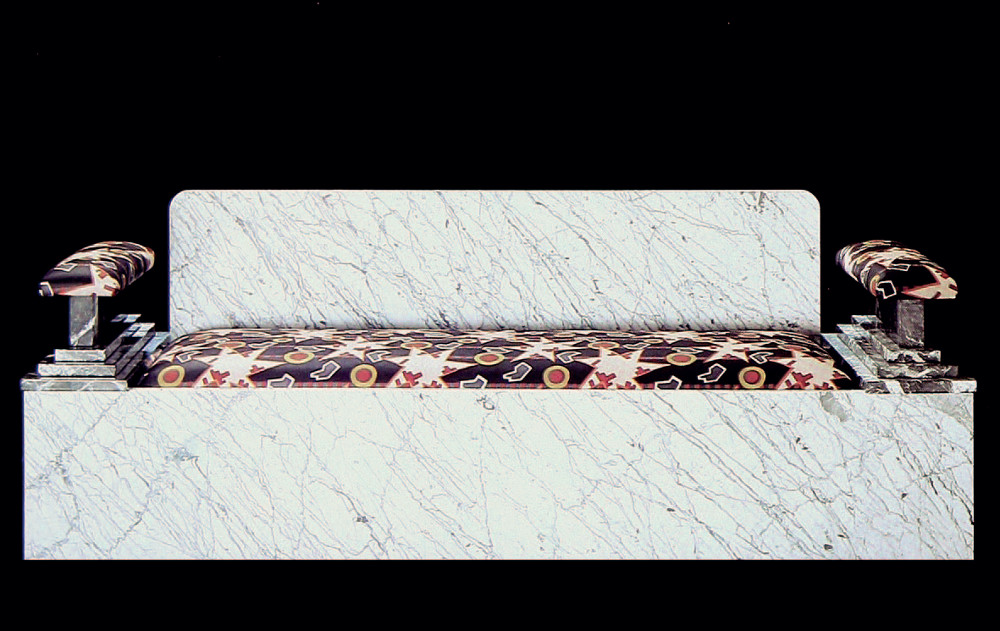A century of Italian Stone Design.
Tracing the context of contemporary projects
November 05, 2013

Turning from the 19th to the 20th century was a crucial passage not only for political, economical, and social revolutions, but also for the transformations involving technological and productive civilization. This is particularly remarkable in Italian manufactory, somehow behind time in comparison to the industrial dynamics already experienced by other European countries such as Great Britain and Germany in the second half of the 19th century.
In this scenario the domain of the stone materials manufactures significantly changed as well, being developed in particular in Tuscany and Veneto, next to the main quarries: the use of mechanical technology and of pneumatic implements was sustaining manual operations always more; in addiction diamond-equipped tools made cutting and milling quicker and more precise. This had important consequences on the organization of production and workforce; moreover the tenures in Decorative Art and Sculpture in royal institutes or Fine Arts accademie contributed at the beginning of the 20th century to train not simple sculptors, but technical specialists and expert artisans able to improve the productive quality of that time.
In this way, artisanal stone workshops became bigger and more technologically updated, while the practice of shaping stone with repeatable models from typological repertoires, more or less systematized, acquired industrial characteristics; it developed in interior and exterior employments, in the construction of architectonical elements, decorative details, fountains, pools, staircases and banisters, commercial plaques or banners, lamps, pedestals and bases.
Between the 1920s and the ‘50s, stones and marbles were widely and considerably employed throughout the country, in interior architecture and in the production of complement furniture and everyday objects. The work by relevant designers as Giovanni Muzio, Franco Albini, and Carlo Mollino was very representative of this phenomenon. The relationship between artistic and artisanal Italian culture and the industrial production got closer and closer: this was testified by Giò Ponti’s writings on Domus or in the book La casa all’italiana published in 1933, and by the commercial and naval settings Gustavo Pulitzer Final created starting from 1925, where the technical quality in some specific marble applications reached extremely remarkable levels.

The middle ‘60s represented the starting point of an important theoretical and critical debate about the possibility of renovating stone design, having notable commercial and productive consequences for all the ‘70s and ‘80s till the creation of stone-specialized brands as Skipper, Up&Up, Casigliani, Ultima Edizione, and Primapietra. A central cultural and operative experience in this context is Officina, born in Pietrasanta but developed on an international scale thanks to the contacts that Erminio Cidonio, at the head of the Versilian seat of the stone multinational Henraux in the ‘60s, personally weaved with artists, designers, art dealers, and radical critics as Pier Carlo Santini.
In the context so delineated, starting from Officina experimentations numerous individual paths developed, more or less fertile, but anyway of great value, as the ones by Angelo Mangiarotti, Mario Bellini, the Castiglionis, and Tobia Scarpa. They led to significant results in terms of formal and technological innovation of the stone products and still nowadays represent a methodological and operative reference for current and future researches on stone design.
These fervid experimentations developed for the entire ‘80s and their sorting out in ‘90s minimalist design have produced the current multiplicity of projecting approaches and productive variations of the stone materials: if the transformation of decorative arts into industrial production at the beginning of the 20th century hadn’t been so radical but rather a to-and-fro between the two tendencies, similarly in the starting years of the new millennium marbles and stones are used in formal and constructive configurations that constantly move among arts, handcrafts, and little industry; among handmade, assisted, and partially or totally automatic production; between “anonymous manufactory”, team creativity or total control by a single author.

The history of Italian stone design is consequently multifaceted, problematic and to be seen in a long-term perspective, but it has never been traced back in a systematic way; it has overtaken modernity being characterized nowadays by an extraordinary richness in works, author, and peculiar and somehow contradictory aspects, a summary of which is yet to be written. The author of these pages has worked for a long time at the University of Ferrara on specific research projects and wants to recollect a critical scenario of this history, in order to contextualize recent innovative experiences about the stone product, that are activated thanks to the most recent manufacturing technologies and driven by the latest commercial and cultural instances.
back to top print
Post-it
ISSN 2239-6063
edited by
Alfonso Acocella
redazione materialdesign@unife.it